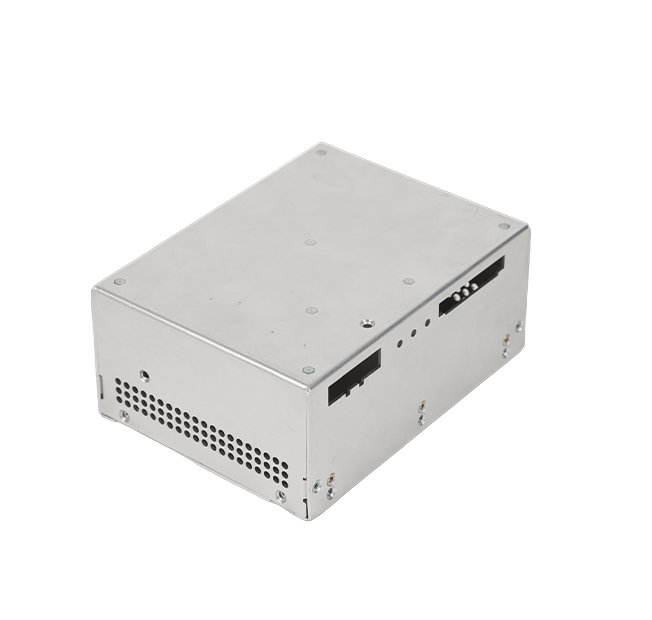Time:2025-06-06 Views:0 source:CNC Machining customization source:CNC Machining news

Surface coating technologies play a vital role in enhancing the performance, durability, and aesthetics of stamping parts. In recent years, there has been a surge in innovative coating techniques aimed at meeting the evolving demands of various industries.
One of the emerging trends is the development of nanocoatings. Nanocoatings consist of extremely thin layers (on the nanometer scale) of materials that can impart unique properties to stamping parts. For example, nanocomposite coatings containing nanoparticles of metals, ceramics, or polymers can significantly improve the wear resistance, corrosion resistance, and hardness of the part surface. These nanoparticles can be dispersed in a matrix material, such as a resin, and applied to the part through methods like spray coating, dip coating, or physical vapor deposition (PVD). The nanoscale thickness ensures minimal impact on the part's dimensions while providing maximum protection.
Another innovative approach is the use of self - healing coatings. Self - healing coatings are designed to repair minor surface damage automatically. When the coating is scratched or damaged, microcapsules or embedded agents within the coating are released. These agents react with the surrounding environment or each other to fill the damaged area, restoring the coating's integrity. This technology is particularly valuable for stamping parts used in harsh environments where surface damage is likely to occur, such as in automotive underbody components or outdoor machinery parts.
Furthermore, smart coatings are gaining attention. Smart coatings can change their properties in response to external stimuli, such as temperature, humidity, or mechanical stress. For instance, thermochromic coatings can change color with temperature variations, which can be used for visual monitoring of the part's operating temperature. Electrochromic coatings can adjust their optical properties in response to an electric field, enabling functions like variable - tint windows in automotive applications. These innovative surface coating technologies not only enhance the functionality of stamping parts but also open up new possibilities for product design and performance optimization.
Read recommendations:
Sealing ring Precision electronic parts
Housing components for recessed downlights Precision electronic parts
Oval Magnetic Hardware Precision electronic parts
CNC Machining Dimension Accuracy
CNC processing factory - Meeting customers' strict requirements for precision